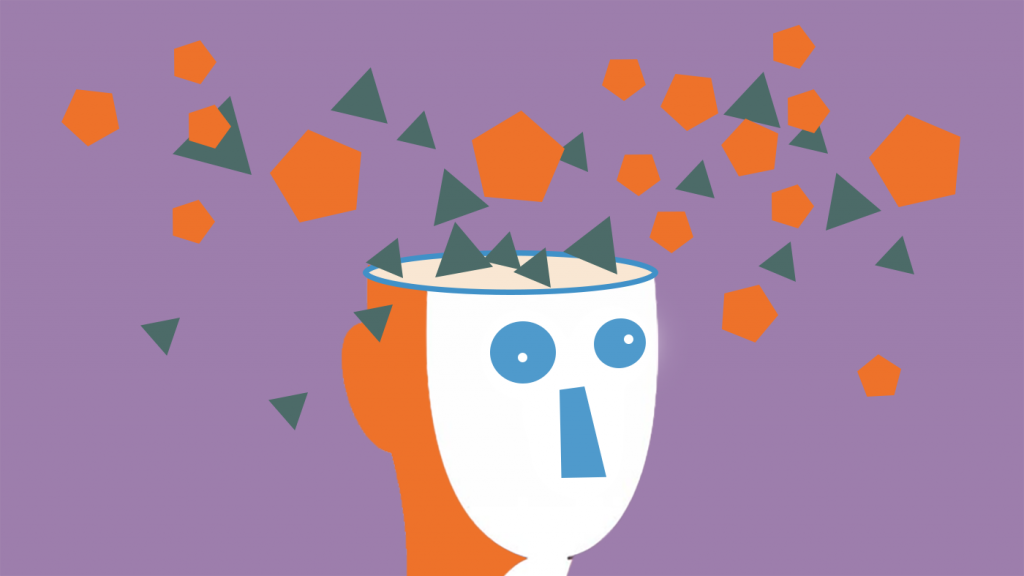For most people whose job it is to nurture and maintain a creative environment for themselves and those around them face similar difficulties getting the engine going.
Imposter syndrome. Blank-slate anxiety. Procrastination.
Any writer, designer, musician, developer or problem solver at any rank and file would most likely be deceiving you if they said they hadn’t experienced one (if not all) of these pain points at some time during their career.
There’s no “right” or “wrong” way to navigate the mentality of being creative, but below are some thoughts on what I try to keep in practice personally to keep it all flowing.
—

—
People. Places. Things.
Get yourself set up to be comfortable to let ideas flow. Surround yourself with people who inspire you, whether it’s your team or people you respect and follow online.
Create a cozy workspace to settle into, organized to your liking, and even peppered with some “shrine” items that inspire you like books, trinkets, toys, and photos.
Good Artists Borrow. Great Artists Steal.
As cliché as that statement may sound to those in the creative community at this point, it’s always been of importance to me when put into practice in the context it’s meant for.
Plotting the next creative move for myself involves collecting a variety of screenshots, links, bookmarks, quotes, articles, drawings, videos and anything else that will help me move beyond the “blank slate” mentality by blending the work of others I respect into a starting point for a project.
Execution
Once I move through these elements of creative psychology, usually a few questions pop up in my head and if I’m not careful, can start a less-than-desirable mental effect:
- “Will my ideas and what I bring to the table be respected by my team and ultimately myself?”
- “Am I clearly articulating what has been up in my head up to this point?”
- “Am I giving ‘enough’ to get a positive feedback loop going with my colleagues?”
- “Am I separating technical perspective well enough from the ‘big picture’?”
Sometimes the answer is “yes” to all of those questions… and sometimes not (and that’s OK). There is a point in the creative process in which all of them become topical to push myself into the execution phase of a project where it all comes together. Nothing is black and white in the expansive world of creativity.
It’s OK to Not Always Be Creative
One thing I’d like anyone to take away is to not beat yourself up if you aren’t mentally ready to go at all times to bang out something amazing.
Use resources available to you, talk to people, walk away from your work and come back, sleep on it, measure your taste vs. your skill level and most importantly believe in yourself even when it seems daunting and uncomfortable.
The mentality of creativity is abstract and different for everyone, but having a baseline to start from and understanding the hurdles creatives face helps to get into a practical mindset for success.
My aim is to foster a creative environment where people can do their best work, where the strongest idea wins but all are heard, and where everyone is eager to help each other out to get the best result possible.
“Creativity or talent, like electricity, is something I don’t understand but something I’m able to harness and use. While electricity remains a mystery, I know I can plug into it and light up a cathedral or a synagogue or an operating room and use it to help save a life. Or I can use it to electrocute someone. Like electricity, creativity makes no judgment. I can use it productively or destructively. The important thing is to use it. You can’t use up creativity. The more you use it, the more you have.”
Maya Angelou
—